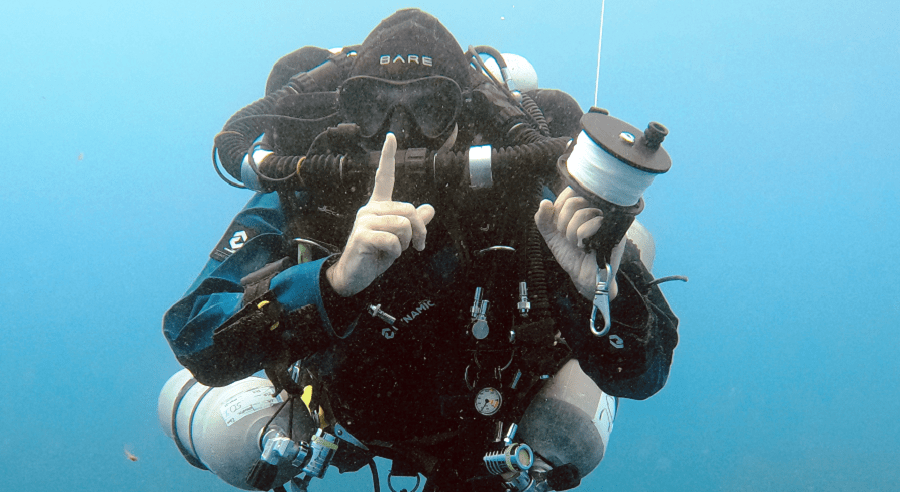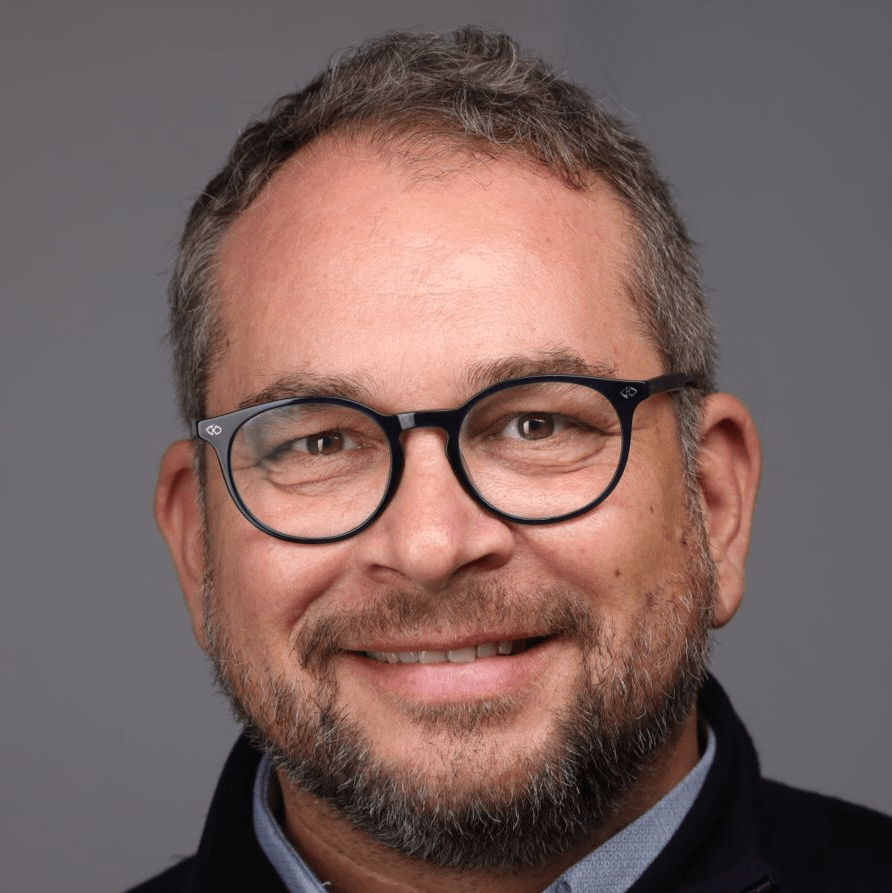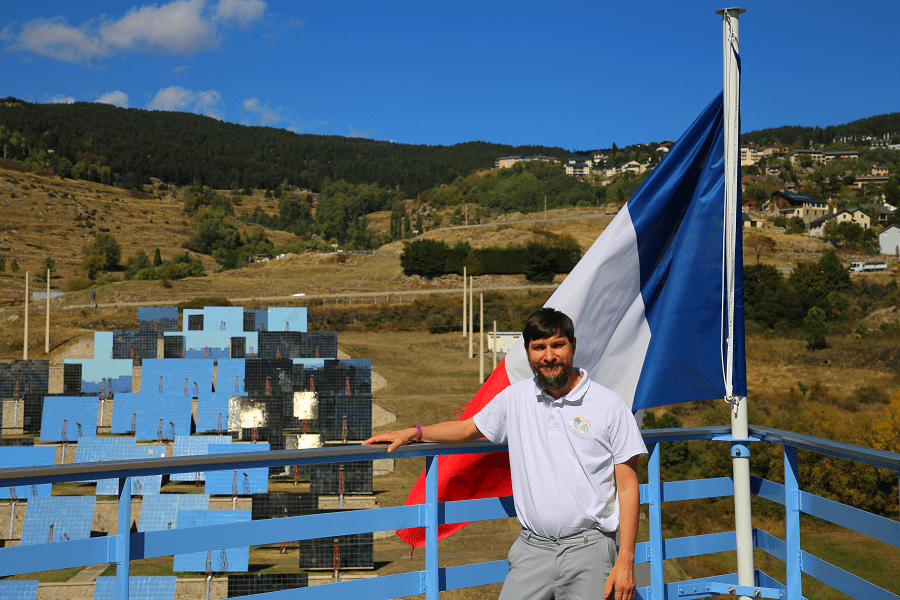 Viktor Zakharovich Aladjev – Doctor of Mathematics (DSc), Professor; Academician-Secretary of the Baltic Branch of the International Academy of the Noosphere.
Viktor Zakharovich Aladjev – Doctor of Mathematics (DSc), Professor; Academician-Secretary of the Baltic Branch of the International Academy of the Noosphere.
Born June 14th, 1942 in Grodno (Belarus); he entered the freshman year of the Faculty of Physics and Mathematics of the University of Grodno in 1959, and he was transferred to the Department of Mathematics of the University of Tartu (ESSR) in 1962, he graduated successfully from the University of Tartu with a degree in Mathematics in 1966, he entered the postgraduate center of the Academy of Sciences of the ESSR with a degree in Probability Theory and Mathematical Statistics in 1969, he completed successfully in 1972 in two specialties, Theoretical Cybernetics and Technical Cybernetics.
He received a doctorate in mathematics (DSc) from prof. R. Bellman (USA) for “Mathematical Theory of Homogeneous Structures and Their Applications” in 1972.
Since 1969 Aladjev V.Z. is the President of the Tallinn Creative Group (TTG), which he founded, the scientific results of which have received international recognition, primarily in the field of research on the mathematical theory of homogeneous structures (Cellular Automata).
He held responsible posts (chief engineer, deputy director for science) in several designs, technology, and research organizations in Tallinn (ESSR) from 1972 to 1990. Aladiev’s activity in these positions was marked repeatedly by awards and prizes of the Council of Ministers of the USSR, the Central Statistical Bureau of the USSR, All-Union State Design and Technological Institute for the Mechanization of Accounting and Computing Works of the Central Statistical Bureau of the USSR, etc.; he is author of more than 500 scientific and scientific-technical works (including 90 monographs, books and collections of articles) published in the USSR, Russia, Germany, Belarus, Estonia, Lithuania, Ukraine, East Germany, Czechoslovakia, Hungary, Japan, USA, Holland, Bulgaria, and Great Britain.
He has been a referent and editorial board member of the international mathematical journal “Zentralblatt fur Mathematik” since 1972 and a member of IAMM (International Association on Mathematical Modeling, USA) since 1980.
He created the Estonian school on the homogeneous structures mathematical theory, the fundamental results of which received international recognition and formed the basis of a new section of modern mathematical cybernetics. A lot of V.Z. Aladjev’s applied works refer to computer science, among which well-known books on systems of computer mathematics should be noted.
He developed a large UserLib library of new software tools (more than 850), marked with a network Smart Award, and a unified MathToolBox package (more than 1420 tools) for Maple and Mathematica systems respectively expanding these systems functionality along with these original publications. V.Z. Aladjev cooperates with some CIS universities under the “Visiting Professor” program in several areas (mathematics, computer science, cellular automata, mathematical packages, etc.).
In May 2015 V.Z. Aladjev was awarded the “European Quality” Gold medal of the European Scientific and Industrial Consortium (ESIC), awarded for outstanding achievements in science, education, production, and business.
Since you started cellular automata research in 1969, you have been involved in their birth. How have cellular automata evolved from their inception to the present day?
The cellular automata (CA) problems are well developed today, being a branch of modern mathematical cybernetics, having their terminology and axiomatics, while there is a fairly wide range of various applications. Moreover, it should be noted that at the origin of this issue in the USSR, in the Russian terminology, whose foundation was laid by us in 1970, the term “homogeneous structures” was used for the concept of “cellular automata”, which is currently a generally accepted term in the domestic literature along with some other concepts, definitions, and designations.
A cellular automaton (CA) is a parallel information processing system that consists of interacting identical Mealy machines (elementary automata). So, CA can be interpreted as a theoretical basis for artificial highly parallel information processing systems.
The CA-concept was defined from a theoretical point of view in the late 40s of the last century by J. Neumann on the advice of S. Ulam to identify a more realistic and formalized model for studying the complex evolutionary systems behavior, including the living organisms self-reproduction. S. Ulam himself used CA-like models at the same time, in particular, to study the crystal growth problem, along with some other discrete systems that grow according to recurrent rules. These structures, studied by him and his colleagues, were mainly 1- and 2-dimensional, but higher dimensions were considered also. Universal computability questions were investigated at the same time along with some other theoretical questions of the CA behavior of this type. A. Church began to explore similar structures a little later in connection with work in the field of infinite abstract automata and mathematical logic.
The J. Neumann CA model was developed further in his direct followers’ works, the results of which, together with the finished and edited work of the first, were published by A.W. Burks in his excellent work, which determined largely the research development in this area over the next few years. In the process of research on CA-problematics, A. Burks organized the “The Logic of Computer Group” scientific group at the University of Michigan, from which many first-class researchers on CA-problems came out subsequently (T. Toffoli, J. Holland, R. Laing, and many others).
Meanwhile, taking into account the historical aspect of the CA-problematics, we should not forget about the important contribution to it made by the works of K. Zuse (Germany), with which the scientific community became familiar rather late and often without mentioning him in this historical aspect. Although K. Zuse not only created the first programmable computers (1935-1941), invented the first high-level programming language (1945), and was the first to introduce the idea of “Rechnender Raum” (Computable spaces), as well as cellular automata in modern terminology.
So, K. Zuse suggested that all physical processes are calculations, and our Universe is a kind of “cellular automaton”. Such a view of the Universe was innovative in the late 70s of the last century, and the idea of a computational Universe does not frighten anyone now, finding a certain place in the modern theories of several researchers working in the field of quantum mechanics.
Unfortunately, some rather serious researchers in this area are not familiar with the K. Zuse ideas even at present. It is necessary to pay close attention to this rather significant circumstance in subsequent historical research to exclude any speculative historical aspects that exist often today. Because of this, many years later only, such ideas were republished, popularized, and appeared in the works of other researchers, such as S. Wolfram, E. Fredkin, T. Toffoli, and others. In addition, J. Neumann introduced the CA-concept itself. Perhaps J. Neumann, familiar with the ideas of K. Zuse, was able to use cellular automata to simulate the self-reproduction process, as well as to create highly parallel computational models.
CA models made themselves known from a more practical point of view and a game approach at the end of the 60s of the last century when J. Conway introduced the “Life” game known today. This game has become very popular and attracted the attention of many scientists from different fields and amateurs to the CA. Currently, “Life” is perhaps the most famous model of the CA; at the same time, it has the ability of finite configurations self-reproduction and universal computability. Simulating the arbitrary Turing machine operation based on the dynamics of such a CA model, J. Conway proved the ability of the model to be universally computable. He proposed a fairly simple way to implement any Boolean function in “Life” model configurations. So, even such a very simple CA model turned out to be equivalent to the universal Turing machine. The interest exists and still does not disappear to this CA model in its various computer implementations.
The second stage in the formation of CA range of problems can be considered the publication of widely known works by J. Myhill and E.F. Moore on the problem of non-constructibility in classical CA, which, along with the solution of some purely mathematical problems, in a sense, became catalysts, drawing quite close attention to the problems of many mathematicians and researchers from other fields. Thus, we got acquainted with the CA range of problems in 1969 thanks to the Russian translation of an excellent work edited by R. Bellman, which contained well-known articles by E. F. Moore, S. Ulam, and J. Myhill.
Scientific groups on СA problems were established in the USA, Germany, Japan, Hungary, Italy, France, and the USSR (ESSR, 1969). The further development of CA range of problems can be associated with such well-known scientists as E. Codd, S. Cole, E.F. Moore, J. Myhill, H. Yamada, S. Amoroso, E. Banks, J. Buttler, V.Z. Aladjev, J. Holland, G.T. Herman, A.R. Smith, T. Yaku, A. Maruoka, Y. Kobuchi, G. Hedlund, M. Kimura, H. Nishio, T.J. Ostrand, A. Waksman, and some others, whose works in the 60s – 70s of the last century drew attention to this issue from a theoretical point of view; they solved and formulated several rather interesting problems.
Subsequently, mathematicians, physicists, and biologists began to use CA models to study their specific problems. In particular, researchers prepared in the early 60s – late 70s of the last century the CA-themes exit to the modern stage of d.evelopment, characterized by the unification of previously separate ideas, methods, and concepts on common conceptual and methodological platforms, along with a fairly significant expansion of application areas.
We can attribute the beginning of the third period to the beginning of the 80s of the last century when special interest was shown again to CA problems in connection with fairly active research on such problems as physical modeling, the study of new promising architectures of highly parallel computer systems, and other important motives. In our opinion, a new surge of interest in CA range of problems as first of all a physical modeling medium began from the works of researchers such as Bennet C., Grassberger P., Boghosijan B., Crutchfield J., Chopard B., Culik II K., Gács P., Green D., Gutowitz H., Langton CG, Martin O., Ibarra O., Kobuchi Y., Margolus M., Mazoyer J., Toffoli T., Wolfram S., Aladjev V.Z., Bandman O.L, and others.
The CA range of problems is being studied at present from different points of view, its interrelations with existing problems are often found. Several large research groups in many countries, primarily in the USA, Germany, Great Britain, Hungary, Italy, Australia, France, and Japan, are engaged in CA-problems. Quite active scientific activity in this field was carried out in Estonia as part of the Tallinn Research Group (TRG), many of the results of which have received international recognition, making up a fairly significant part of modern CA-problems.
It is assumed that CA models can play an extremely important role both as conceptual and applied models of spatially distributed dynamic systems, of particular interest among which first of all are physical, computational, and biological cellular systems also. Very significant activity is being carried out by many researchers who have obtained quite encouraging results in this area.
The theoretical results of the above and many other researchers have led to the fact that the CA modern mathematical theory has become an independent branch of the abstract automata theory, which has quite a lot of interesting applications in various fields of science and technology, in particular, in such areas as physics, the creation of promising architectures of efficient computing systems, information parallel processing, developmental biology, computer science and informatics, and related to mathematical and computer modeling, etc., raising significantly the CA concept to a new interdisciplinary level.
Meanwhile, individual CA researchers, in a burst of certain euphoria, are trying to present the CA method as a comprehensive universal tool for solving the problems of the surrounding world cognition, understanding the CA method as a “new kind” of the science of a universal nature. It is necessary to note in this regard the voluminous and very pretentious book by S. Wolfram, whose title “A New Kind of Science” is more advertising and commercial than scientific. This book contains many results obtained much earlier by many other researchers of the CA range of problems including Soviet authors. The priority of many fundamental results in this field belongs to other researchers. The very unhealthy vanity of this book author does not allow him to look at the problem history as a whole without prejudice.
In general, S. Wolfram treats the authorship of the results obtained in CA range of problems quite light-mindedly, so it may well seem that everything done in this field belongs to him mainly. At the same time, the book contains the results of computer simulations with rather simple types of CA models mainly, drawing conclusions and assumptions based on them with rather dubious reliability and quality. The book contains many passages in which the author presents ideas that are “common knowledge” among specialists in their respective fields. Such S. Wolfram passages and similar conclusions raise very definite doubts about their author’s scientific decency and prudence.
Finally, we do not at all agree that S. Wolfram’s book represents a “new kind” of science; meanwhile, if the author had been more modest then the book could have been more pleasant to read. This book is in our opinion in many ways a speculative view of both the CA range of problems and science in general. We will note only that the book not only did not become a revelation for researchers involved in CA contrary to the stated goals but caused to some extent a somewhat distorted idea of research also, which is quite promising in many respects. The reader can consult some book reviews for detailed points of view about the book. Meanwhile, the book is of some interest despite the aforesaid, taking into account the noted and some other considerations. In our opinion, there is nothing fundamentally new in the book, primarily in connection with the CA mathematical component.
Full version of the interview is available on expertum.group
Interview: Ivan Stepanyan










